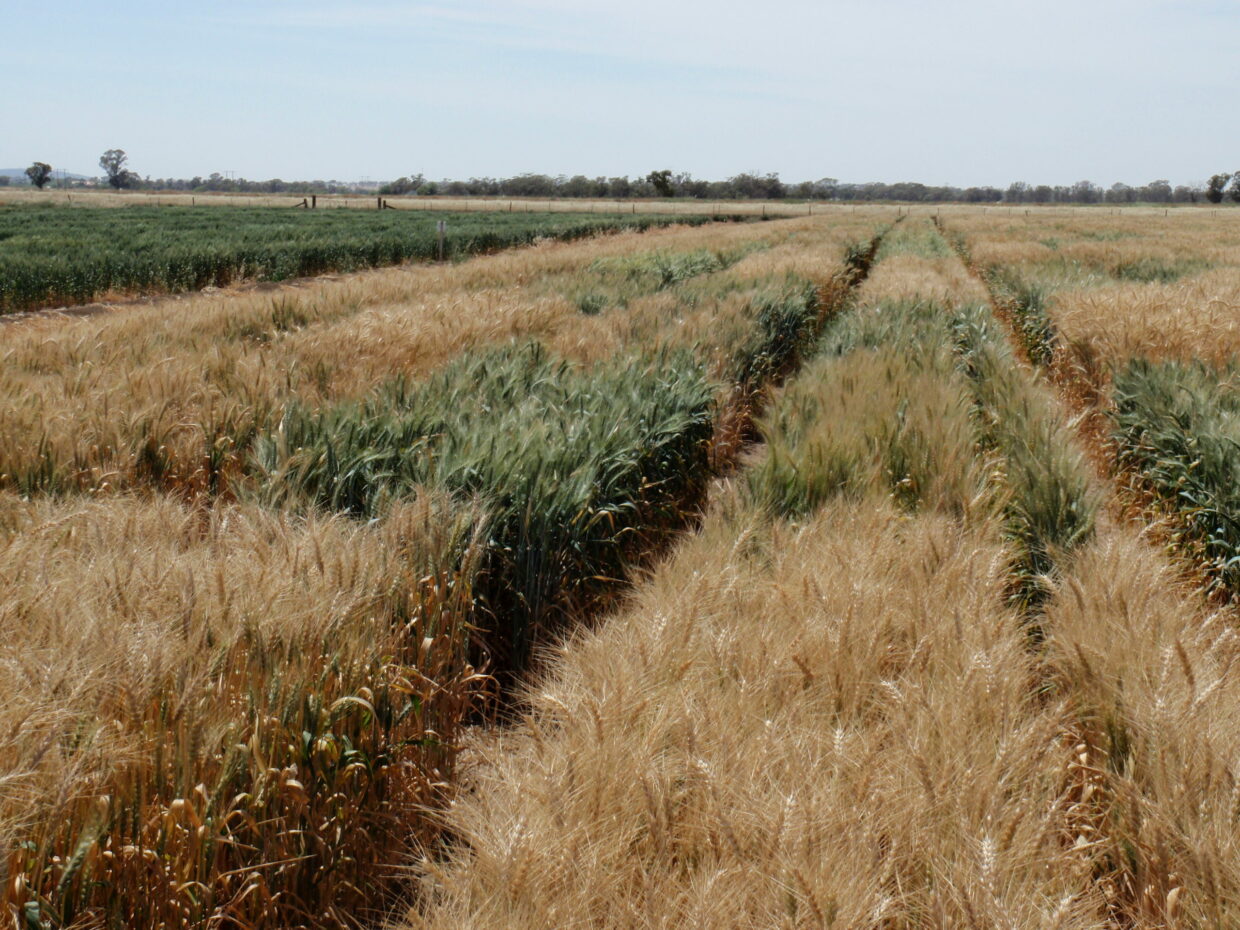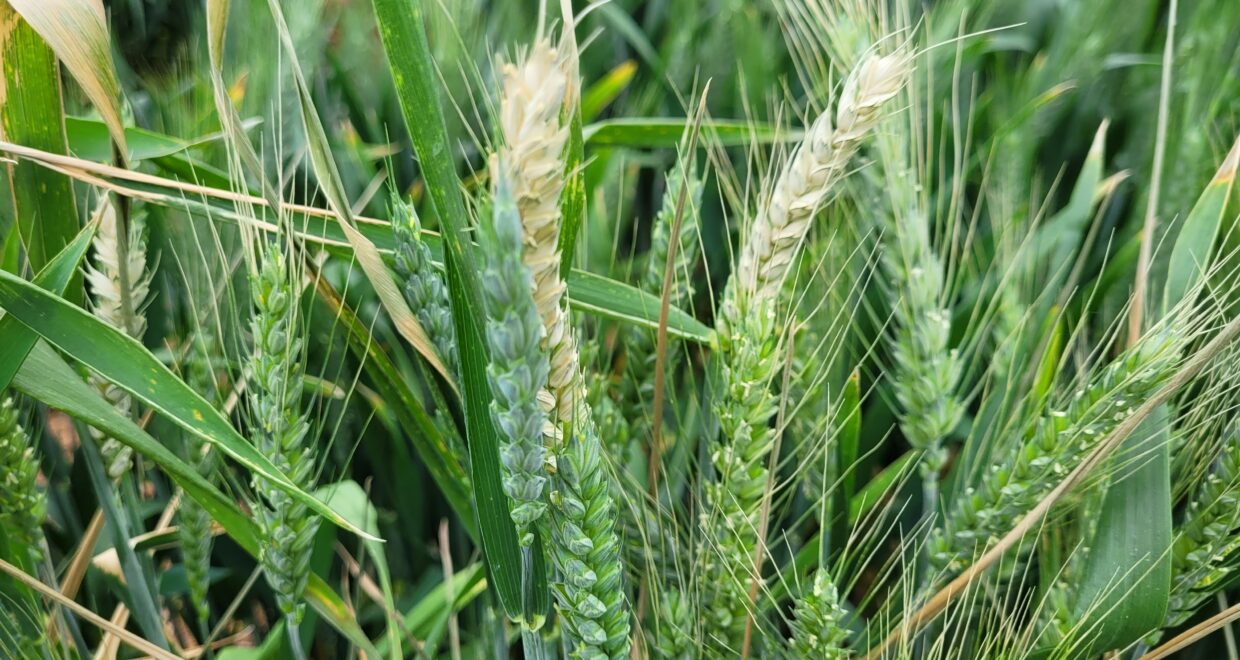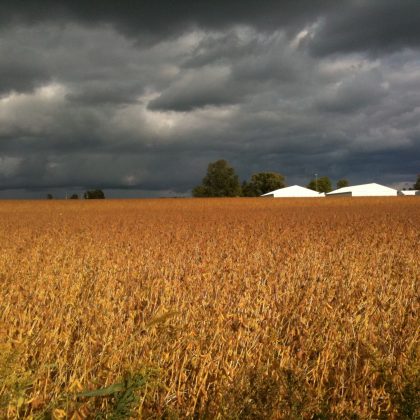Weather indices during reproductive phase explain wheat yield variability
The paper “Weather indices during reproductive phase explain wheat yield variability“, published in The Journal of Agricultural Science, has been chosen as the latest Editorial Highlight and is freely available to download for one month.
Wheat (Triticum aestivum L.) is the biggest annual field crop in Australia and hugely important for the national economy. However, climate change leading to more extreme weather is of great concern: how will our farming systems cope, and what can we expect from our crops under these conditions?
In this work our main objective was to determine the relationship between weather parameters (experienced by the wheat crop) during the critical reproductive stage, and grain number, grain yield, and grain protein content.

We were interested in combining the effects of solar radiation and temperature when trying to predict wheat yield – both these variables increase as the autumn-sown crop approaches harvest in late-spring or summer. The combined effect of radiation and temperature can be integrated into a photothermal quotient (PQ) index which has been shown to be a good predictor of grain yield and grain size in other environments. We also examined the photothermal quotient corrected for vapor pressure deficit (PQvpd). Both PQ and PQvpd were calculated for the critical time period around anthesis. In our results there was, indeed, a significant positive correlation between PQ and PQvpd and grain number and grain yield. Grain protein content showed a negative correlation with PQ and PQvpd. We showed that predictions of grain number and grain yield using PQ and PQvpd are more reliable than using temperature and radiation data individually.
Our dataset included experiments that were sown during the ‘normal’ sowing window, while others were deliberately sown much later. The outcome was that the late-sown material experienced greater stress (hotter temperatures at anthesis, and higher heat stress during grain-filling). For every degree rise in temperature, yield from a ‘normal’ sowing window decreased by 360 kg/ha, whereas late-sown wheat yield decreased by 640 kg/ha. Later sowing of wheat in these conditions can be a recipe for disaster! Increased overall temperatures plus the increased incidence of ‘hot’ days (> 30 oC) resulting from climate change are, therefore, likely to reduce wheat yields in Australia, and this effect may be exacerbated by reduced overall rainfall. Whether wheat breeders and wheat growers can adapt to these new conditions remains to be seen.
The Journal of Agricultural Science Editorial Highlights are selected by the Editor-in-Chief and are freely available for one month. View the recent selections here.






